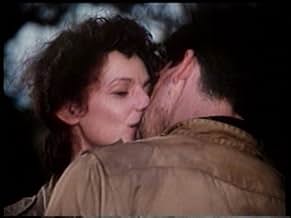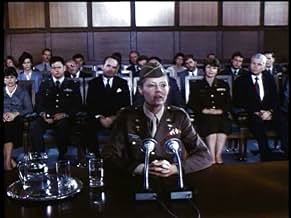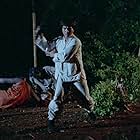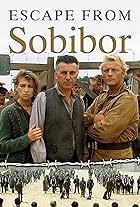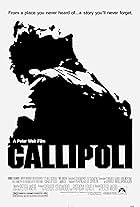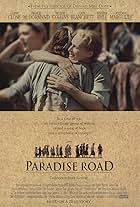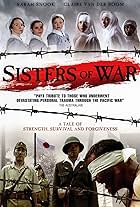During World War II, a group of U.S. Army nurses in the Philippines are captured and imprisoned by Japanese troops.During World War II, a group of U.S. Army nurses in the Philippines are captured and imprisoned by Japanese troops.During World War II, a group of U.S. Army nurses in the Philippines are captured and imprisoned by Japanese troops.
- Awards
- 1 win
Gô Awazu
- Sgt. Takijiro Kodama
- (as Go Awazu)
- Director
- Writer
- All cast & crew
- Production, box office & more at IMDbPro
Storyline
Did you know
- TriviaJust before the TV movie aired, a group of women who were actually held prisoner by the Japanese during World War II claimed the movie was unrealistic and did not portray what they endured.
Featured review
The tale of American army and navy nurses who are prisoners during the Japanese occupation of the Phillipines in the second world war. Kristy McNichol appears in the Bataan Death March, as one of gender disorientation, since her killing of a Japanese soldier makes the others assume she is a boy. In a memorable scene McNichol and Susan Sarandon slug it out as a form of self-punishment for the gratification of the guards. McNichol's role is supportive to Sarandon who is the star, but she brings her usual tomboyish spunkiness to proceedings. The teleplay by Jonas McCord rationalises the Japanese's brand of cruelty with the idea that they do not believe in surrender. They would rather suicide than be shamed in the way they believe the women have allowed themselves to be, and therefore the Japanese think the prisoners deserve no kindness. However not every guard enacts this philosophy, with one noticeably friendly to one woman who falls pregnant, and the commander being an American-Japanese, having being raised in San Francisco, makes him more amenable to Sarandon's requests for mercy. The treatment is narrated by Sarandon, at a post-war hearing, so we know she will survive the camp, but it does not answer the question of why the Americans left the Phillipines so quickly once they declared war on Japan. The idea that they are not aware that any Americans have remained in the area is raised at the camp's liberation, but clearly sentiment is against Douglas MacArthur when he announces his withdrawal. Director Buzz Kulik uses black and white newsreel footage and matching decoloured recreations for the progression of the war.
- petershelleyau
- Feb 23, 2002
- Permalink
Details
- Release date
- Country of origin
- Languages
- Also known as
- Women of Valour
- Filming locations
- Philippines(prison camp)
- Production companies
- See more company credits at IMDbPro
- Runtime1 hour 40 minutes
- Color
- Sound mix
- Aspect ratio
- 1.33 : 1
Contribute to this page
Suggest an edit or add missing content




